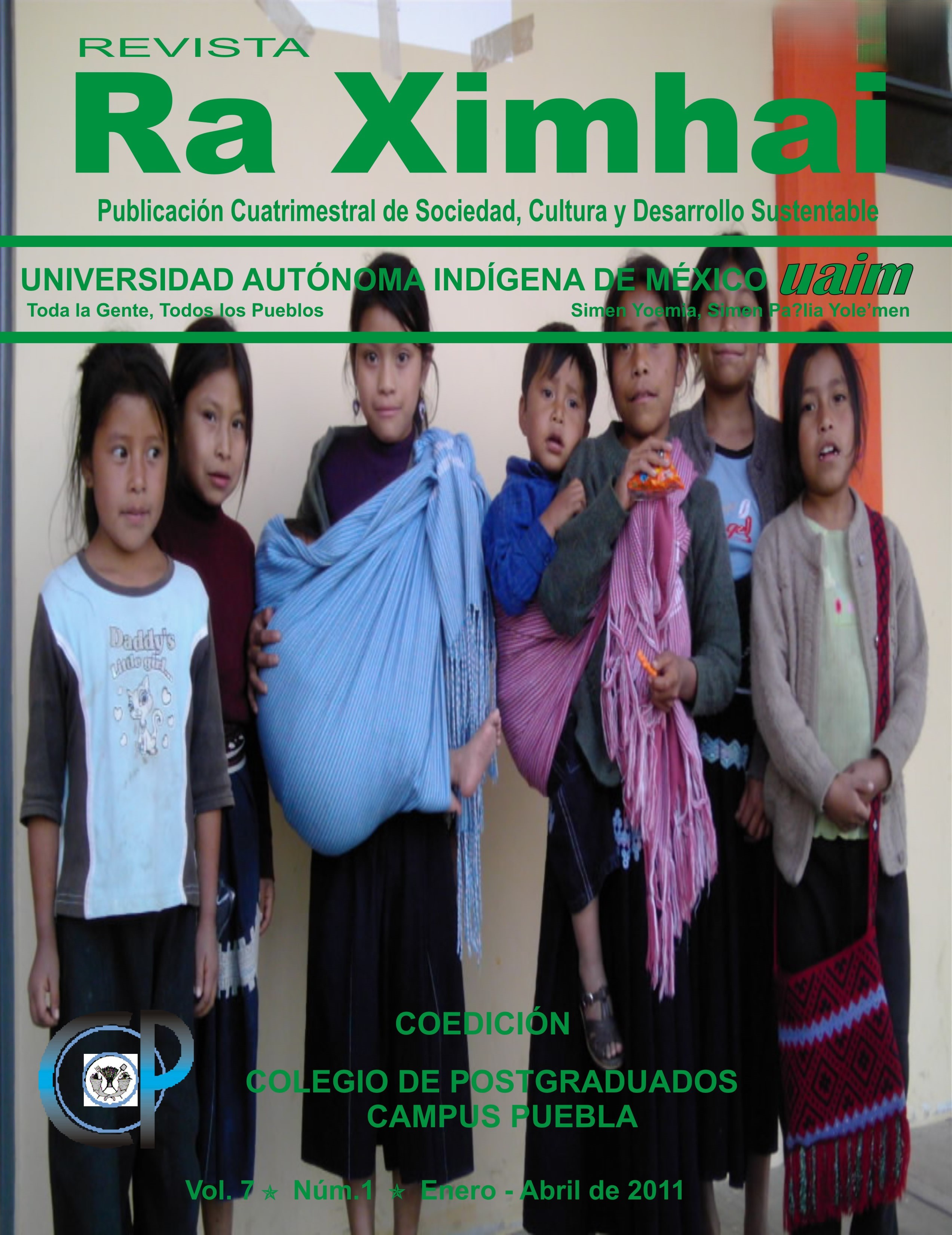Impact of school tutoring on the projection of adult students at the upper secondary level, semi-school modality
DOI:
https://doi.org/10.35197/rx.07.01.2011.03.hpKeywords:
semiescolarized education, tutorship programAbstract
The semi-schooled modality at the high school level for adults, such as that offered by the Guasave Nocturna Preparatory School of the Autonomous University of Sinaloa, creates important expectations for the Sinaloa society, by giving the student the opportunity to continue with his educational development at the high school level and, at the same time, encouraging him to continue with his professional training. With this research, and given its conditions, we seek to know the competitive level with which students enter and develop in the institution, as well as to identify the influence that school tutoring exerts on the development of adult students in high school. The profile of the student entering the institution was identified; for this purpose, it was necessary to retrieve the results of the CENEVAL and EDAOM exams, carried out when the student entered the institution. Together with these tools, it was necessary to carry out two questionnaires in order to evaluate the student's perception regarding the teaching staff; another to identify the main problems they face and the function of school tutoring in the institution. The data obtained identified some deficiencies in the semi-school system, especially in educational planning. Nevertheless, students acknowledge that tutoring is essential for the incorporation of students into academic activities and that there is a significant degree of acceptance of the programs proposed by the institution.
Downloads
References
Álvarez-Gutiérrez, M. R. 2009. La importancia de la Educación en México. Opinión de columna. CNN Expansión. http://ols.uas.mx/PubliWeb/Articulos/la- importancia-de-la-educaci%C3%B3n.pdf [julio 2010]
ANUIES (Asociación Nacional de Universidades e Instituciones de Educación Superior). 2002 Programas Institucionales de Tutoría. Una propuesta de la ANUIES para su organización y funcionamiento en las instituciones de educación superior. ANUIES, México, 163 pp.
Ayala-Aguirre, F. G. 2002. La Función del Profesor Como Asesor. Editorial Trillas-ITESM, México. 136 pp.
Castañeda-Figueiras, M. R. 1999. Enseñanza y Aprendizaje Estratégicos. Modelo Integral de Evaluación e instrucción. Revista Latina de Pensamiento y Lenguaje. 4 (2B), 251-278.
DGEP. 2006. Currículo del bachillerato UAS 2006, modalidad semiescolarizada. Documento de trabajo. DGEP UAS. Culiacán, Sinaloa, México. 99 pp.
Garibay-Bagnis, G. 2003. Programa Institucional de Tutorías. Campus Digital de la Universidad Autónoma Guadalajara. Disponible en:
http://campusdigital.uag.mx/academia/modelo/ PI_Tutorias.pdf [2 de julio de 2010]
Palafox P. O. 2004. Diagnóstico de las Estrategias de Aprendizaje en los alumnos de Nivel Medio Superior en el Área de Ingeniería Físico Matemáticas del IPN. Instituto Politécnico Nacional. 38 pp.
PND 2007 - 2012. Plan Nacional de Desarrollo 2007 – 2012. Poder Ejecutivo Federal,
México. 324 pp.
Ruiz Iglesias M. 2002. El Logro de Mayor Autonomía en el Aprendizaje. Editorial Venecia. México. 240 pp.
UNESCO, 1997. Los Cuatro pilares de la educación. Magisterio del Río de la Plata, Argentina.
Downloads
Published
How to Cite
Issue
Section
License
Copyright (c) 2011 Héctor José Peinado Guevara, Víctor Manuel Peinado Guevara, José Antonio Huerta Sandoval, Franklin Mendoza Zamora, María de los Angeles Ladron de Guevara Torres

This work is licensed under a Creative Commons Attribution-NonCommercial 4.0 International License.
Usted es libre de:
- Compartir — copiar y redistribuir el material en cualquier medio o formato
- Adaptar — remezclar, transformar y construir a partir del material
- La licenciante no puede revocar estas libertades en tanto usted siga los términos de la licencia
Bajo los siguientes términos:
- Atribución — Usted debe dar crédito de manera adecuada , brindar un enlace a la licencia, e indicar si se han realizado cambios . Puede hacerlo en cualquier forma razonable, pero no de forma tal que sugiera que usted o su uso tienen el apoyo de la licenciante.
- NoComercial — Usted no puede hacer uso del material con propósitos comerciales .
- No hay restricciones adicionales — No puede aplicar términos legales ni medidas tecnológicas que restrinjan legalmente a otras a hacer cualquier uso permitido por la licencia.








